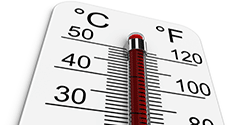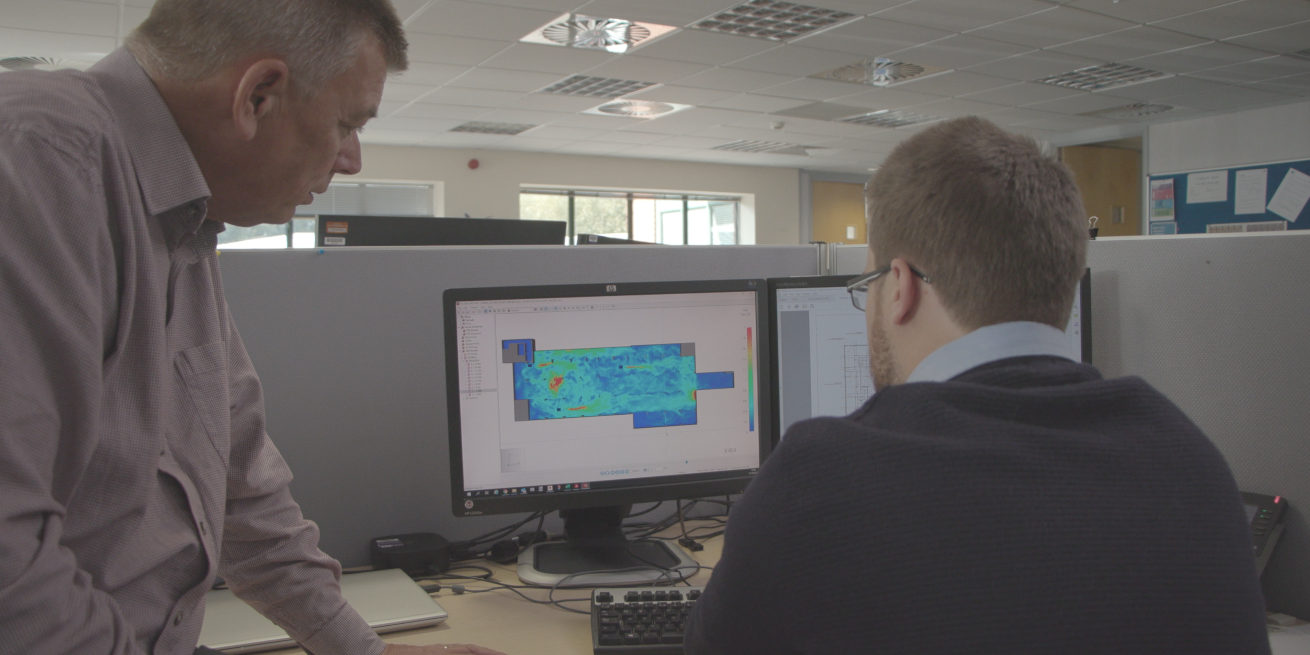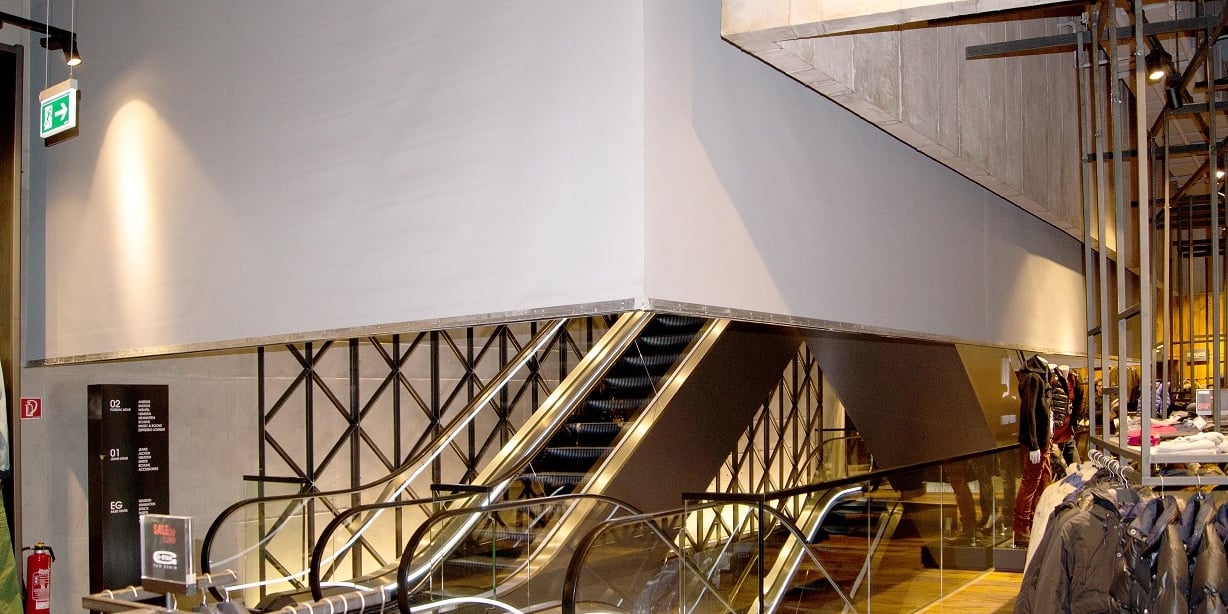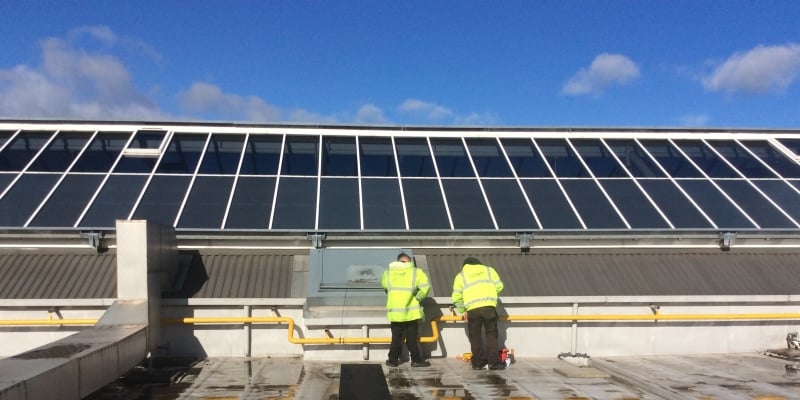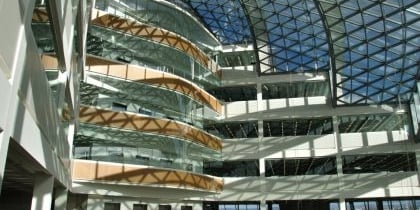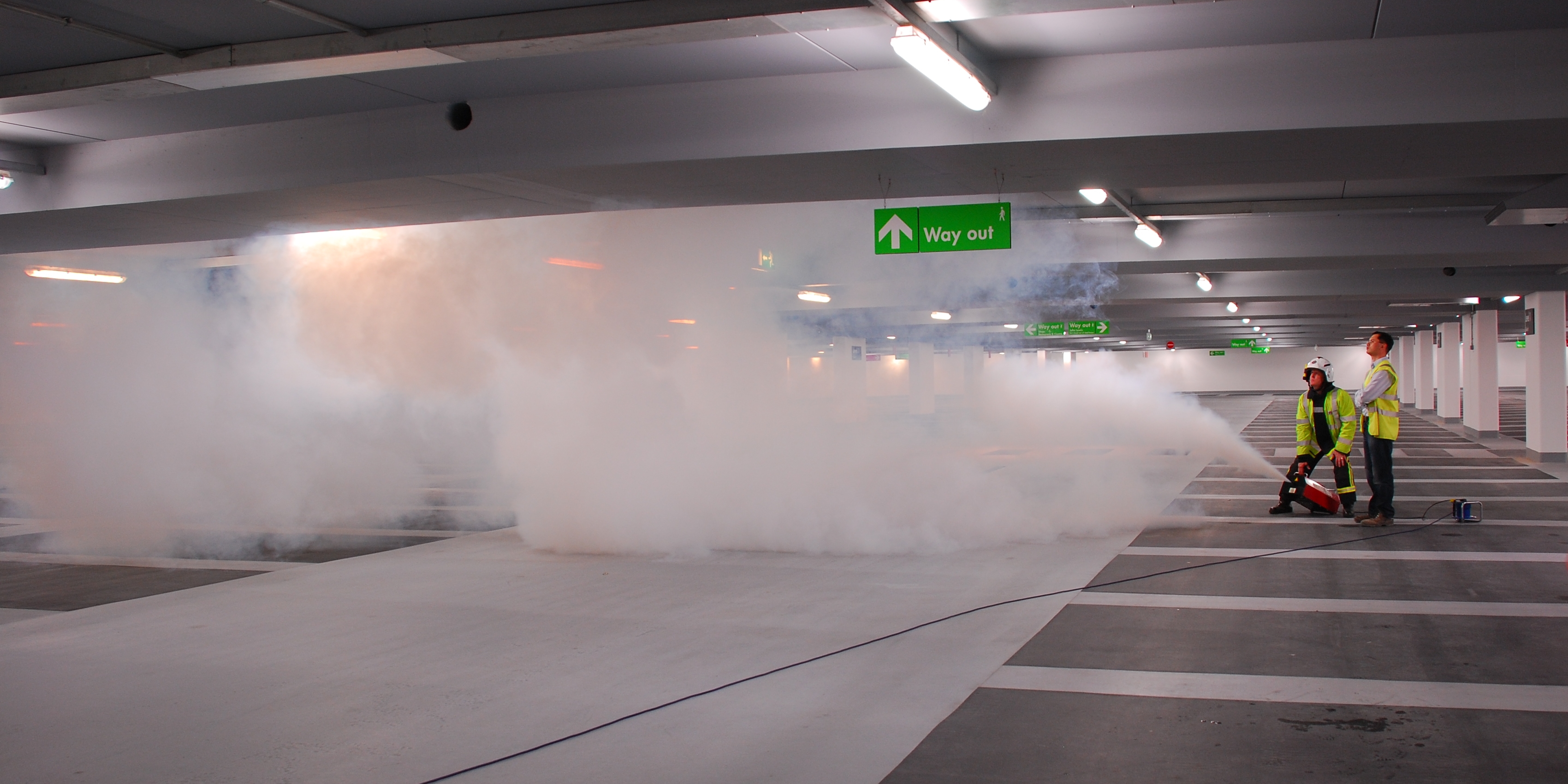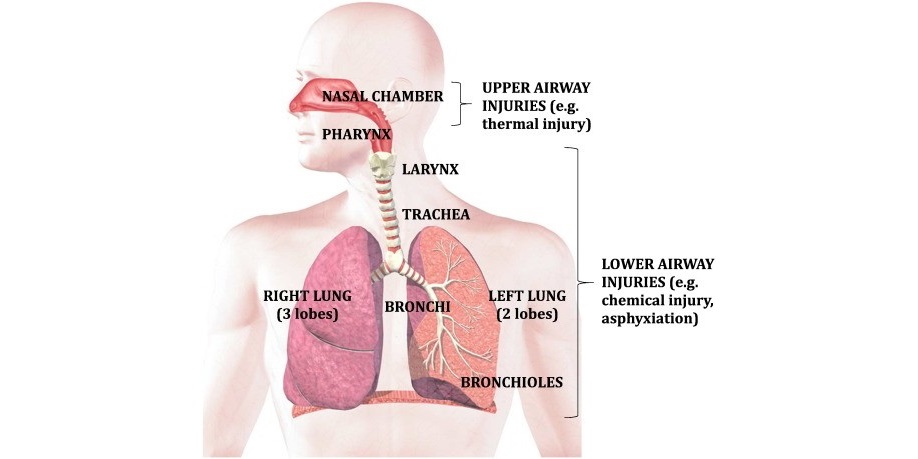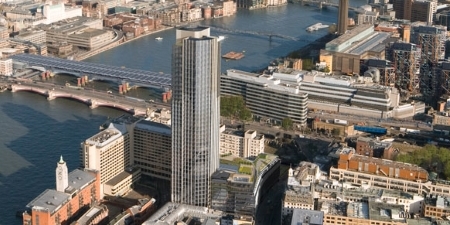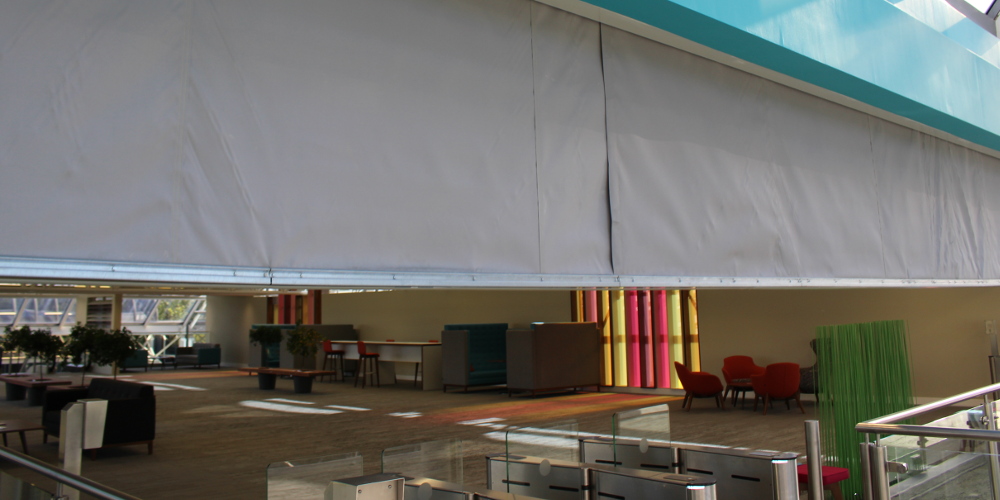If you have become newly involved in the world of smoke control, you may hear or see the term ‘”AOV” quite frequently and be wondering what it means and what AOVs do. In this blog, we aim to give you a good understanding of what AOVs are and when they might be required in a building.
Read More
Topics:
Smoke Control,
Smoke ventilation,
HVAC,
Controls
The ongoing quest for energy efficiency has led to very good insulation in residential buildings. This is very good for the environment and energy performance, but it also has an unintended consequence on stair lobbies, corridors and entrance halls, in the form of overheating. This results in unpleasant conditions for residents and possible issues maintaining cold water supply temperatures.
Heat build-up in corridors or lobbies of residential buildings is a common problem with a simple solution. If there is a risk of overheating in buildings where they already exist or are part of the design, use the smoke shafts. These are typically positioned in a way that can also provide effective environmental ventilation (the use of natural or mechanical ventilation to create better internal conditions). Therefore, they can serve a dual purpose of evacuating smoke in case of fire and providing day-to-day ventilation to extract any excess heat as required.
However, the design and controls need to be well thought through and there are some pitfalls to avoid for the solution to deal with overheating effectively.
Read More
Topics:
Smoke Control,
Smoke ventilation,
HVAC,
Controls
Power generation plants and energy from waste facilities, whatever their size, present several design challenges in relation to ventilation and smoke extraction.
With over 85 years in ventilation and smoke control design, manufacture and install, Colt has worked with numerous power generation and energy from waste facilities. To help us navigate the challenges presented by these complex projects, one of the key tools we use to assist with designing effective systems in power generation, is in-house computational fluid dynamics (CFD). Before we explain the benefits of CFD further, let’s take a look at some of the most common problems a designer working on a power generation project might encounter.
Read More
Topics:
Smoke Control,
Smoke ventilation,
HVAC,
Controls
While it’s often understood that the basic function of a smoke control system is to control the movement of smoke in a fire to help keep buildings and their occupants safe, we also frequently get asked what components go into designing an effective smoke control system.
To answer that question in simple terms, we can compare a well-designed smoke control system to a human body, as all the same basic elements are needed to keep each functioning properly:
- Decision-making control panel (brain)
- Sensors and detectors (eyes/ears)
- Equipment and devices (muscles)
- Cable Network (nervous system)
- Power Supplies (cardiovascular system)
Read More
Topics:
Smoke Control,
Smoke ventilation,
HVAC,
Controls
What are smoke and fire curtains?
Smoke and fire curtains are both components that can form part of a fire safety system, but there are distinct differences in their roles and how they operate.
Read More
Topics:
Smoke Control,
Smoke ventilation,
HVAC,
Controls
Smoke control is a ‘wide science’: it requires in-depth knowledge of the building layout, the technical aspects and the bewildering array of building regulations in force. Each type of building has its own peculiarities and some have specific regulations and guidance on smoke ventilation.
Read More
Topics:
Smoke Control,
Smoke ventilation,
HVAC,
Controls
Many residential and commercial buildings feature atria as a design feature to create a light well or to incorporate lifts or stairs into the design in a visually aesthetic way. However, they also provide a passage whereby smoke and fumes resulting from a fire could easily spread up through the entire building and affect multiple floors. Therefore, having effective smoke control and suppression systems in place in buildings with atria is essential.
Read More
Topics:
Smoke Control,
Smoke ventilation,
HVAC,
Controls
In retail premises such as shopping centres, the Building Regulations have a strong emphasis on the provision of life safety systems such as smoke control.
A well-designed smoke control system should be able to maintain smoke free escape conditions at low level to allow the building to be evacuated with minimum risk of smoke inhalation, injury or death.
Read More
Topics:
Smoke Control,
Smoke ventilation,
HVAC,
Controls
While smoke control is vital in any type of public building where people gather, it is perhaps even more so in schools and other buildings the more vulnerable members of society assemble. In this blog, we will cover the regulations around smoke control requirements in educational buildings and share some design considerations that are vital when configuring fire safety systems for buildings with children as the main users.
Read More
Topics:
Smoke Control,
Smoke ventilation,
HVAC,
Controls
Enclosed or underground parking areas normally require car park ventilation systems. Smoke control systems are needed to provide a means of clearing smoke from the car park during and after a fire. This will limit smoke temperatures and structural damage and inhibit smoke spread between floors. Smoke ventilation systems may be designed in addition to provide clear smoke-free access for fire fighters to tackle the seat of the fire or to protect means of escape from the car park. These ventilation systems are more complex and exceed the requirements of the Building Regulations. They are generally used as compensating features when other requirements of the regulations are not met.
Day-to-day ventilation is also needed to control build-up of vehicle exhaust fumes or spilled fuel when the facility is in general use. Acceptable day-to-day air quality is maintained by removing exhaust gases and pollutants produced by vehicles and by ensuring the constant movement of air so that there are no pockets of stagnant air. Invariably, smoke and fume ventilation are facilitated by the same dual-purpose system.
Read More
Topics:
Smoke Control,
smoke control maintenance,
Fire Safety
Smoke inhalation is the number one cause of death from fires. In fact, approximately 50-80% of deaths are a result of smoke inhalation injuries rather than burns alone. When smoke is inhaled, harmful particles and gases enter the respiratory system, which can lead to distress syndrome, disorientation, unconsciousness, asphyxia and respiratory failure. Compared to burns alone, smoke inhalation can present more complex clinical challenges, affecting every organ in the body.
In this post, we highlight why regular smoke control maintenance is important to keep your buildings legal and safe for occupants.
Read More
Topics:
Smoke Control,
smoke control maintenance,
Fire Safety
The Grenfell review from Dame Judith Hackitt concluded that the current legislation regarding fire safety equipment in the UK is not fit for purpose and that it needs to improve. Learning the best that we can from other countries (such as those in the European Union) while avoiding their shortcomings would be a good start.
But while well-considered fire safety regulation is essential, it is equally important for all those involved in the design and construction of buildings and construction products to have an understanding of what fire can do to a building and how damage and danger can be minimised.
Read More
Topics:
Smoke Control,
smoke control maintenance,
Fire Safety
Why do these standards exist?
The need for a harmonised set of regulatory standards in relation to fire curtains is a necessity to ensure that all products meet a clearly outlined list of safety requirements. The standards mean that those selling or buying products such as fire curtains, can be absolutely sure that their products are fit for purpose. Many companies do not currently adhere to these new certificates, and will be continuing to sell products that do not in fact meet the new legal requirements.
Read More
Topics:
Smoke Control,
Fire Containment,
Curtains,
Fire Safety
Last month I wrote a technical review of the latest Fire Safety Bill, where I outlined the specific details of how the Fire Safety Bill legislation will be implemented and enforced.
Read More
Topics:
Smoke Control,
service,
smoke control maintenance,
Fire Safety
When it comes to corridor ventilation, two things must be taken into consideration: effective smoke evacuation in the event of a fire and preventing overheating, for day-to-day comfort ventilation.
Read More
Topics:
Smoke Control,
Pressurisation,
Residential Buildings,
Fire Safety

